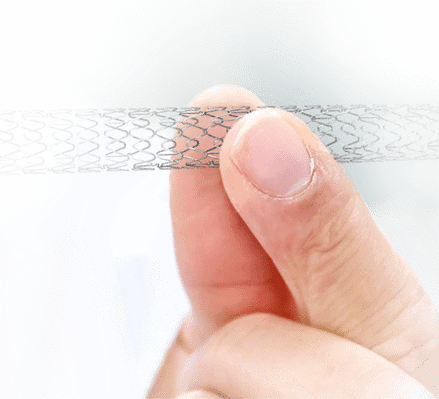Medical device prototyping is a process where a medical device is created using software, computer models and physical prototypes. Prototypes are used to test the design of a medical device and to ensure that it meets all safety and regulatory requirements. You can find the best medical device prototyping via https://www.pobamedical.com/capabilities/device-prototyping.

Image Source: Google
Medical device prototyping can be used to create a variety of medical devices, including:
- An implantable cardiac monitor
- A prosthetic arm
- A respiratory ventilator
- A drug delivery system
There are a number of factors to consider when choosing medical device prototyping methods:
The goal of the prototype. Some prototypes are intended to serve as a functional model, while others are designed solely for testing purposes.
The complexity of the device. More complex devices may require more advanced prototyping techniques than simpler devices.
The technology involved in the device. Medical devices that use cutting-edge technology may require more advanced prototyping methods than devices that use existing technology.
The regulatory environment in which the device will be used. Devices that are intended for use in highly regulated industries such as healthcare may require more rigorous testing procedures than devices that are used in less regulated industries. You can find more information about medical device prototyping services via https://www.pobamedical.com/.
Why prototype medical devices
There are many reasons to prototype medical devices. Prototyping can help ensure that the device is safe and effective, help identify potential problems before they become serious, and help refine the design. Here are some tips for prototyping medical devices:
1. Use realistic models. When designing a medical device, it’s important to use realistic models. This will help ensure that the device is safe and effective. In addition, using realistic models will help you identify potential problems before they become serious.
2. Test early and often. It’s important to test your device as soon as possible after you design it. This way, you can avoid any potential problems before they become serious. Testing also helps you refine the design of your device.